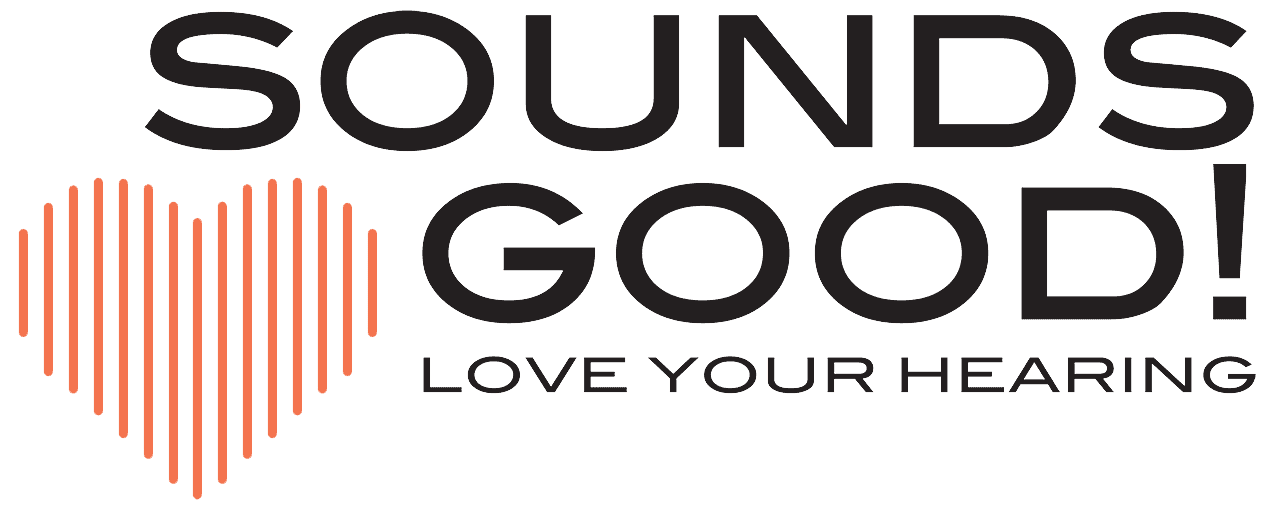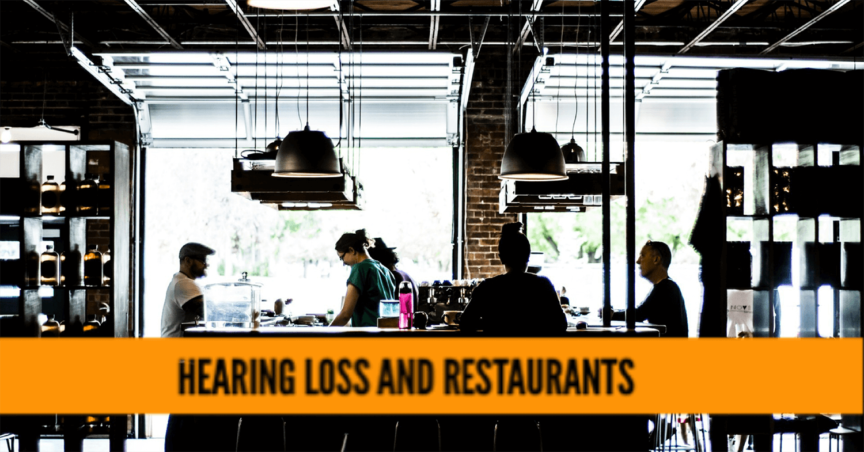- Why You Should Have More Than One Hearing Aid - April 10, 2024
- 7 Signs You Might Have A Hearing Loss - March 14, 2024
- Unveiling the Intricate Link Between Hearing Loss and Cognitive Decline - February 9, 2024
Does it seem that restaurants have been getting louder and louder? According to experts, restaurants deliberately create louder environments as they want to create a “fun” atmosphere or making sure that customers don’t want to linger – thereby increasing table turnover and revenues. So, having conversation in a noisy restaurant can be difficult, even for individuals with normal hearing. The challenges are greater for those with hearing loss. For many people, going to a restaurant can be a loud and stressful experience as many of them play loud music and the décor includes hard woods, concrete walls and metal, all surfaces that reflect noise rather than absorb it. Often a lack of carpet creates a cacophony of sound reverberating around the space. Music combined with the clacking of cutlery on plates and loud conversations add to the overwhelming din. Hearing the waiter recite the specials, let alone enjoying a conversation becomes almost impossible. This is true for everyone. Imagine the challenge if you have hearing loss.
Because of the noise, many people even with the best hearing aids avoid restaurants, but with upfront planning, self-advocacy, and a willingness to experiment with new technologies, great experiences are possible.
Follow these tips to make your next dinner out a success.
Do your research. Quiet restaurants may be few and far between, but they do exist. Read restaurant reviews online; many now feature loudness ratings. Ask friends for recommendations or consult free crowdsourcing apps like Soundprint or iHEARu, which group restaurants in your area by ease of conversation.
Provide information early. When you make your reservation, mention that you wear hearing aids and request a quiet table. When the restaurant calls to confirm, reiterate your request. This increases the likelihood that they can meet your needs versus walking in cold. When you arrive at the restaurant, remind the hostess once again. If the first table you are given is not suitable, request to be moved. Polite persistence works.
Remember to put new batteries into your hearing aids before you leave, or at the very least be sure to have a spare set of batteries with you. No need to worry about being left out of things just because the batteries die.
Most hearing aids have directional microphones designed to help you hear better in the presence of background noise. They operate with the assumption that you will be facing the speakers you most want to hear. The system will then provide emphasis to sounds/voices coming from in front of you and reduce sounds from behind you. It’s better to have your companions with their back to a wall, so their voice is the only sound coming from in front of you for the directional microphones to emphasize. You will get the best results if you position yourself in a way to take advantage of this feature. You may also find that it helps to turn the volume on your hearing aid down. Experiment and see which works for you
Request a table in the corner. A corner table is often quieter because there is a barrier between you and the rest of the restaurant noise.
Ask for a round table. A round table makes group conversation easier. People are more likely to face forward as they speak projecting their voice towards the center of the table and keeping their faces visible for speech reading.
Choose a booth over a table. Overall, a booth can seem like a relatively quiet oasis from the noise. The high backs of booths will block some of the environmental sounds that can drown out your conversation. In addition, booth seating is typically made of softer material that can dampen noise. If you’re seated at a table, you don’t get those benefits and there are no obstacles to the various sounds of the restaurant interfering with your ability to hear.
Avoid sitting near the kitchen. Open kitchens that are visible to customers have been growing in popularity in recent years. However, the kitchen is often the noisiest place in a restaurant. Request a booth as far from the kitchen as possible, so you’re not forced to yell over the noise.
Search for sound absorbing décor. Look for old school restaurant design features like carpet, drapes, cushioned seats, cloth tablecloths and acoustic tiles. Many restaurants today prefer hard surfaces like wood and glass. A well-lit place is also preferable, whether windows with plenty of natural light or electric lighting. Candlelight may be atmospheric, but it doesn’t make for easy lipreading. Preview the restaurant online or stop in to see it for yourself before making a reservation.
Lipreading while eating isn’t easy, nor is lipreading someone who is eating! So, consider that perhaps it best to save the talking to in between courses. After all, most of us were taught that it was rude to talk while eating anyway.
Advocate for what you need. Ask the manager to turn down the music or move you to a quieter table. Request the specials in writing rather than verbally from the waiter. Hearing loss is invisible, so others won’t know that you need help unless you ask for it. Remember, it is a good idea to explain why you need these changes, both to the restaurant staff and as your dining companions. Most will be very understanding and happy to do what they can to help. Take the opportunity to teach family and friends good communication techniques. Staff at the restaurant will learn to be more aware when it comes to dealing with other customers with hearing loss.
Avoid busy times. Restaurants are quieter at off hours and may be more amenable to requests to turn down the music. Eat early or late or try dining outside if the weather permits. Outdoor spaces often absorb sounds better.
Limit group size. It is fun to eat out in large groups, but this makes conversation more difficult in a noisy environment. Limit groups to 4 or 6 people if possible. If a larger group is unavoidable, focus on conversing with the people next to you and across from you. Discussions over long distances are unlikely to work well.
Manage the seating arrangement. Position yourself towards the center of a large group and with the people that are more difficult for you to hear directly across from you so that you can read their lips. In a group of four, have the person hardest to hear diagonally across from you. That way if they turn to speak to the person next to them, their voice is still heading in your direction. Don’t be shy about asking for a different seat if needed.
Experiment with technology. Next time you visit our office, ask us to create a restaurant program for your hearing aids that will block out background sounds and focus in on voices. If you have the means, try an assistive listening device. Placing the microphone component in the middle of the table enables you to hear everyone and reduce any background noise. Alternatively, you can place the microphone on or near the person you wish to speak with and focus on their voice. One of the world’s largest manufacturers of hearing aids, Phonak, is offering FM solutions for very challenging situations, achieving great outcomes.
Don’t let your hearing loss keep you from enjoying a restaurant or a special night out with friends or family. All it takes is a few simple changes and accommodations as outlined above. If you find a good restaurant, please tell them and review them on social media, so that others can benefit. Good luck!

